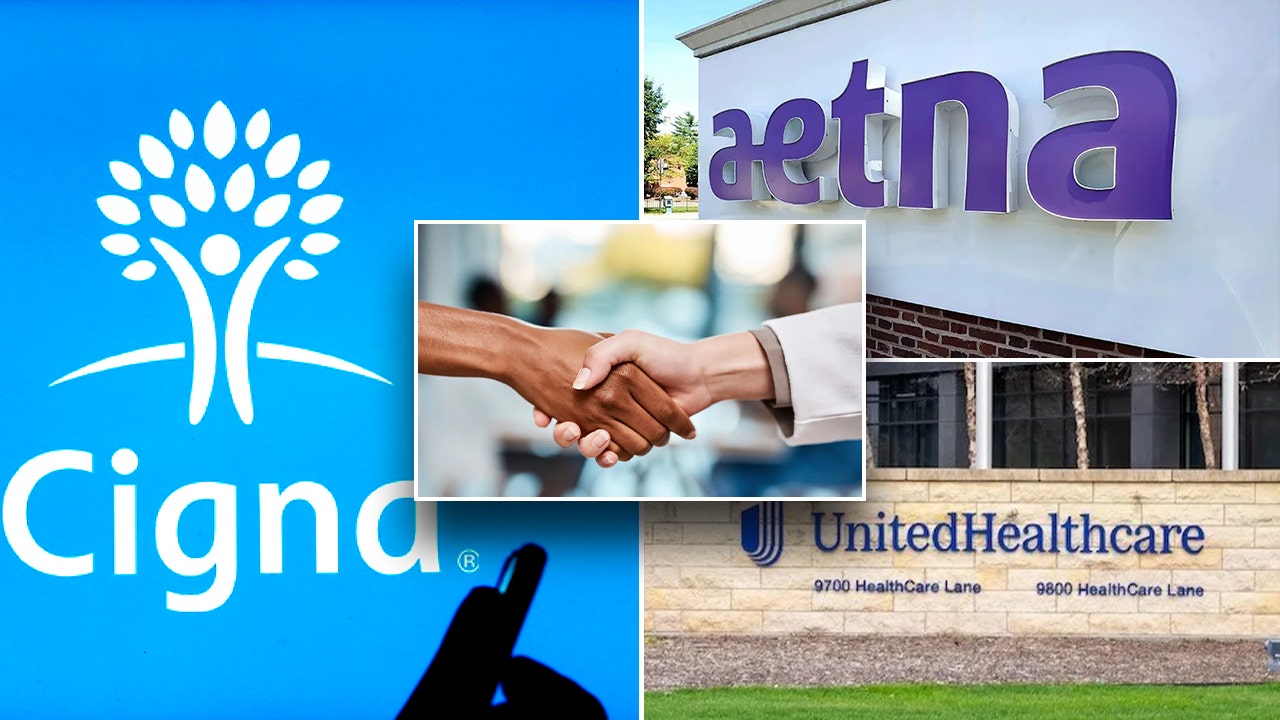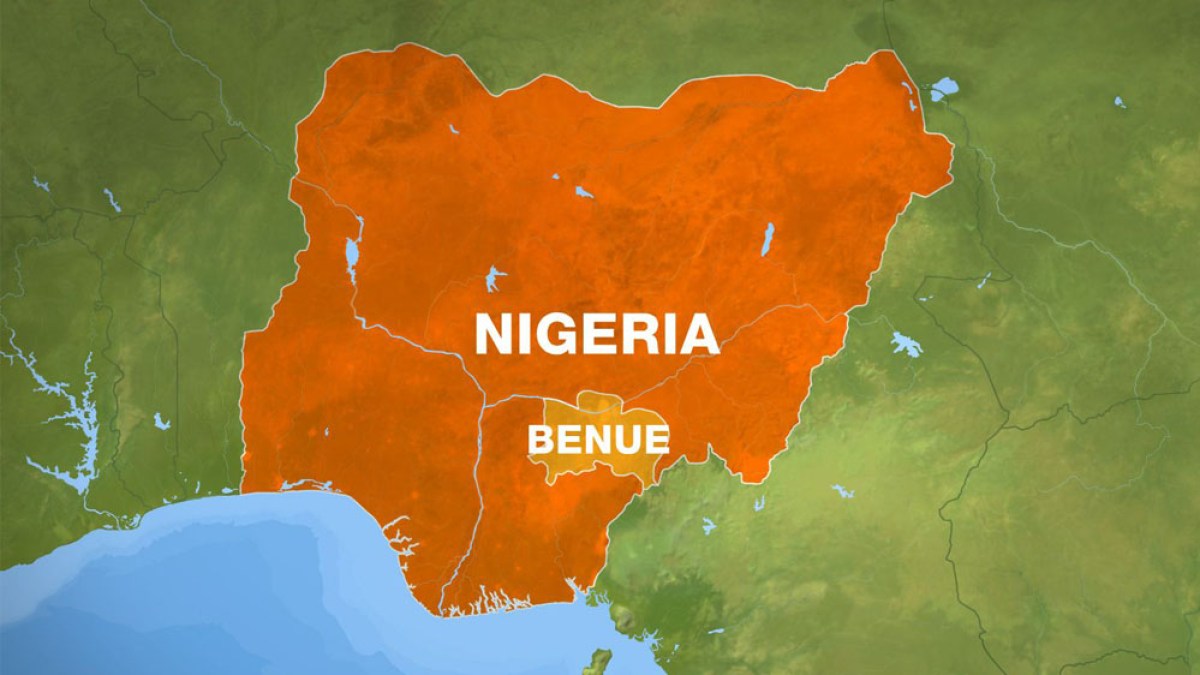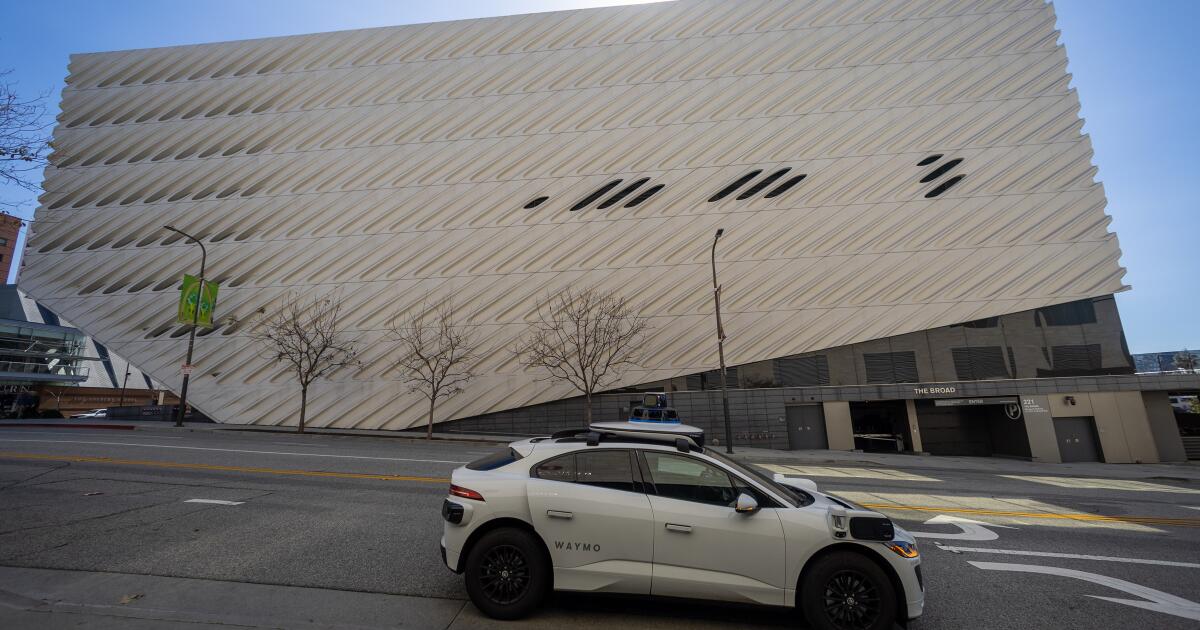If you love streaming sports and movies, avoid Rhode Island – the state with America’s worst broadband connection.
Exclusive data for DailyMail.com has revealed there are no residential homes in the New England state with access to ultrafast internet.
The study by home and tech experts Smarthomestarter.com used Federal Communications Commission (FCC) to uncover that 0 per cent of households in the state have broadband with download speeds of at least 1,000 megabits per second.
This is compared with 60.58 per cent of residential locations in North Dakota – the best-connected state.
A speed of 1,000 megabits per second allows for streaming, downloading and video calling at the same time, making it ideal for family homes or small workplaces that have multiple users.

Rhode Island has been revealed as the state with the worst broadband connection in the US

According to the data, Delaware ranks as the second worst state for connectivity – with a measly 0.2 per cent of homes able to access ultrafast broadband – while Maryland follows with 1.46 per cent.
The FCC data does not distinguish between places where a fast connection is not available at all, and households who cannot afford to buy one even if it is available.
This means that it is difficult to determine the exact reason why some areas have better connections than others – but it can be down to a combination of areas being more remote, having poorer populations or a lack of the fiber optic cables needed for ultrafast broadband.
Internet companies might also be weary to invest in infrastructure in areas where people are not necessarily interested in achieving high speed broadband.
Rhode Island is the second smallest state by area, and more than 30 per cent of its residents are over 55, which could be contributing factors.
When it comes to the best-connected parts of the US for an ultrafast connection, North Dakota – which is among the wealthiest states in the country – comes out on top.
Households in the midwestern state can stream movies, play online games and work from home with ease, as it has the widest availability of ultrafast internet.
Some 60.58 per cent of residential locations in the state have broadband with download speeds of at least 1,000 megabits per second.
The average internet speed in the US is currently 189 megabits download and 23 megabits upload.
Minnesota comes in close second with the speeds available in 60.41 per cent of residential areas, while Tennessee ranks third with 48.28 per cent.
Not only are North Dakota residents benefitting from the best connection, they are also getting good value for money for their broadband.
According to data from the US Census Bureau, the typical household spends $1,670.25 a year on broadband – nine dollars less than the national average of $1,679.96.
People living in Minnesota are not quite so lucky, however, as they pay an average of $1,840.70 annually – well over the national norm.
Internet connectivity became a critical issue for families and businesses in the US during the pandemic when many suddenly shifted to working from home overnight.
But the clear broadband gap shows how some households are missing out on much-needed internet access.
‘Many people want to fully embrace the benefits that the internet can bring, whether that is upgrading their home with smart tech, enjoying instant high quality entertainment, or taking their business to the next level,’ a Smarthomestarter.com spokesperson said.
‘This data shows that those things are more accessible in some states than in others.’

According to the study, Delaware has the second worst high-speed internet connectivity

North Dakota comes out on top for broadband connectivity – with access in over 60 per cent of residential homes in the midwestern state

Spectrum, owned by Charter Communications, topped the list as the fastest internet in the US, while AT&T ranked the slowest – even though it is among the most popular services
Different broadband companies also provide wildly different speeds.
A report last month revealed the fastest internet speeds across the country – and tens of millions of Americans might want to consider switching.
The findings from internet speed-test company Ookla, used internet data from millions of people using a speed test tool.
Spectrum ranked at the top of the list, with the average customer enjoying a whopping 235 megabits per second (Mbps).
It was followed by Xfinity, which boasts 233Mbps and Cox, with 219Mpbs.
However the most popular internet service providers – Verizon and AT&T – ranked the slowest with just 186Mbps and 180Mbps.
It is worth bearing in mind that even if you have one of the top-performing providers, it is not definite you will get those speeds.
Internet speeds fluctuate when traffic is at its peak, data caps are unleased, or connections are throttled to maintain network performance.
































